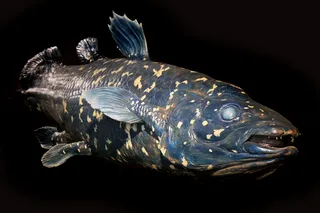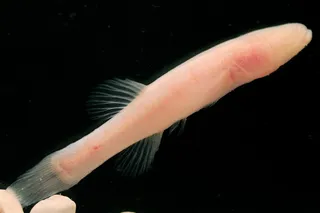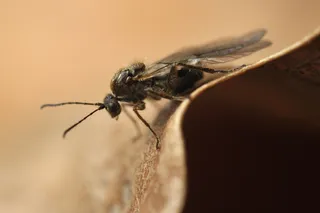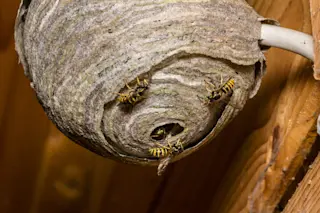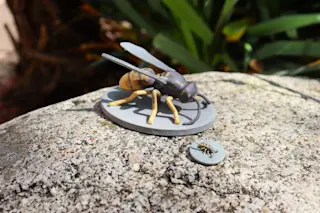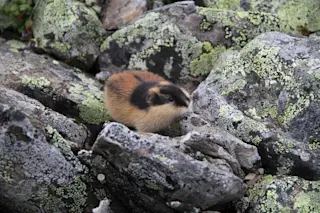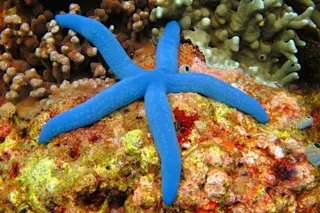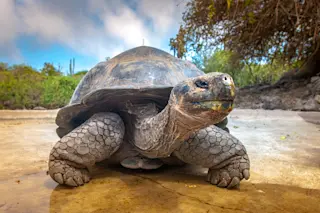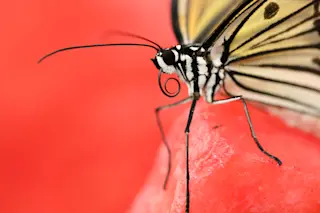How Animals Suck: 9 Creatures That Slurp Creatively
Moths that steal tears while their victim sleeps, bats with tongues that start near their hearts, and more animals with weird techniques for eating and drinking.
More on Discover
Stay Curious
SubscribeTo The Magazine
Save up to 40% off the cover price when you subscribe to Discover magazine.
Subscribe

